Optimal design of heat dissipation based on the first seabed data center in China
DOI: 10.23977/jeis.2021.61007 | Downloads: 28 | Views: 2215
Author(s)
Yujian Tang 1, Xinyu Ye 2, Zhixin Qi 3
Affiliation(s)
1 School of computer and communication, Lanzhou University of Technology, Lanzhou 730050, China
2 College of digital media, Chongqing College of Electronic Engineering, Chongqing 401331, China
3 College of oceanography and space informatics, China University of Petroleum, Qidao 266580, China
Corresponding Author
Yujian TangABSTRACT
In recent years, with the rapid development of big data and cloud computing technology, large Internet companies have taken the ocean with natural heat dissipation advantages as the location of data centers. However, there are still many complex factors to consider in the construction of data centers in seawater. This paper is based on the background of the first submarine data module in China.
KEYWORDS
Submarine Data Module, Newton's Cooling Law, Failure Pressure Model, Hierarchical Analysis ModelCITE THIS PAPER
Yujian Tang, Xinyu Ye, Zhixin Qi. Optimal design of heat dissipation based on the first seabed data center in China. Journal of Electronics and Information Science (2021) 6: 43-46. DOI: http://dx.doi.org/10.23977/jeis.2021.61007
REFERENCES
[1] Li Weiguang, Li Anbang, Xu Xinhua, Shi Hongmei. Calculation [J].] of heat transfer in complex ship wall based on numerical simulation Research on Chinese Ships, 8(06): 85-90, 2013.
[2] Liu Tao. A Simple Calculation Method for Elastic-plastic Stability of Pressure-resistant Shell of Large Depth Submersible Submersible [J].]; and China Shipbuilding (03): 10-162001.
[3] Yang Navy, Liu Qinyu. Seasonal characteristics [J].] of water temperature distribution in the upper layer of the South China Sea Oceans and lakes (05): 501-507, 1998.
| Downloads: | 13486 |
|---|---|
| Visits: | 563046 |
Sponsors, Associates, and Links
-
Information Systems and Signal Processing Journal

-
Intelligent Robots and Systems

-
Journal of Image, Video and Signals
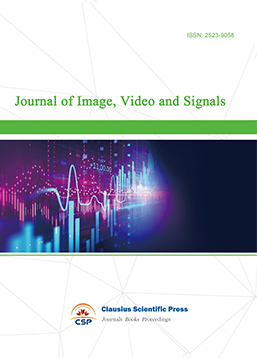
-
Transactions on Real-Time and Embedded Systems
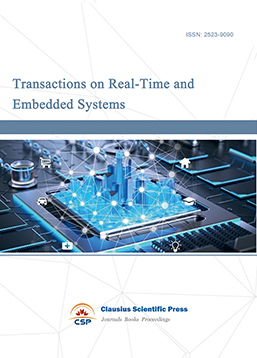
-
Journal of Electromagnetic Interference and Compatibility
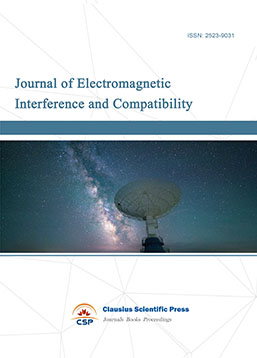
-
Acoustics, Speech and Signal Processing
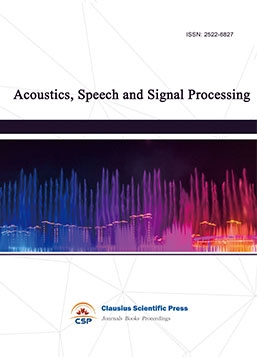
-
Journal of Power Electronics, Machines and Drives
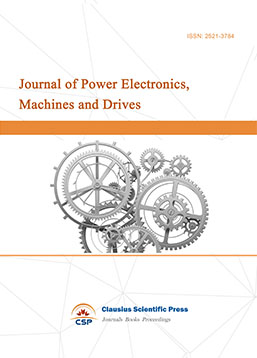
-
Journal of Electro Optics and Lasers

-
Journal of Integrated Circuits Design and Test
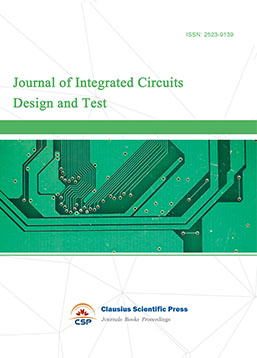
-
Journal of Ultrasonics
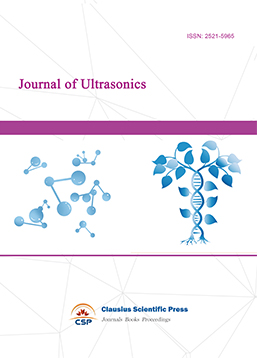
-
Antennas and Propagation
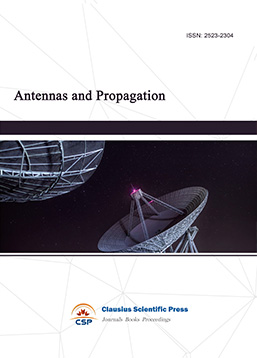
-
Optical Communications
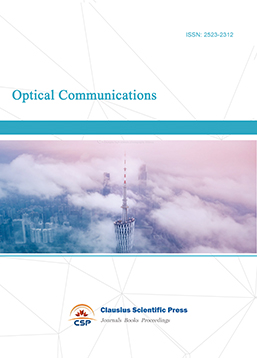
-
Solid-State Circuits and Systems-on-a-Chip
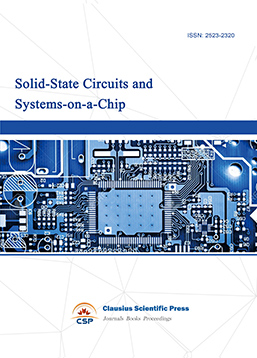
-
Field-Programmable Gate Arrays

-
Vehicular Electronics and Safety
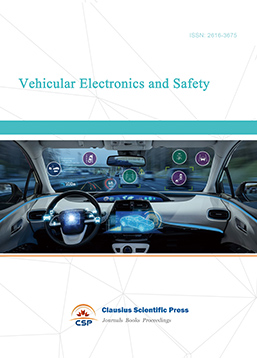
-
Optical Fiber Sensor and Communication
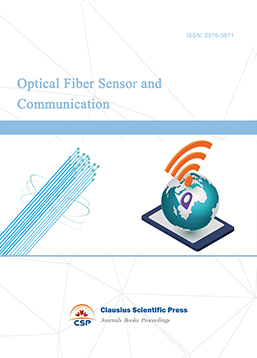
-
Journal of Low Power Electronics and Design
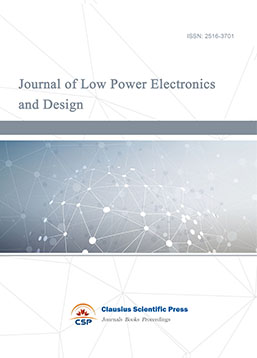
-
Infrared and Millimeter Wave
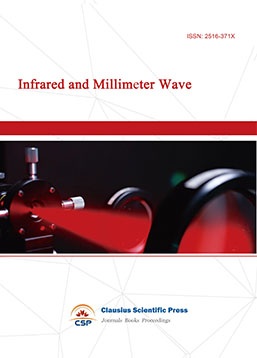
-
Detection Technology and Automation Equipment
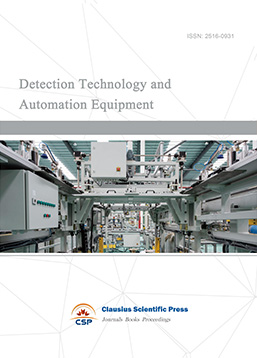
-
Journal of Radio and Wireless

-
Journal of Microwave and Terahertz Engineering
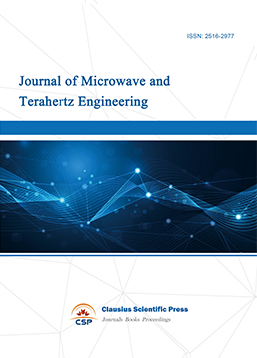
-
Journal of Communication, Control and Computing
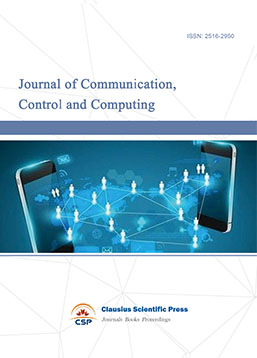
-
International Journal of Surveying and Mapping
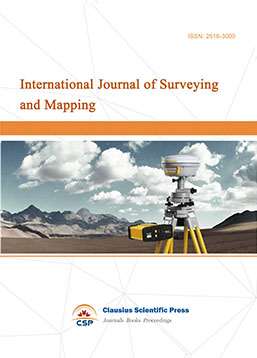
-
Information Retrieval, Systems and Services
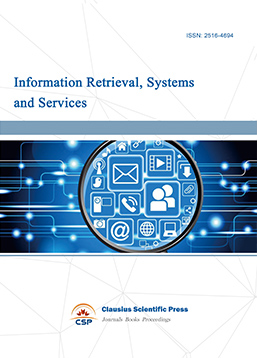
-
Journal of Biometrics, Identity and Security

-
Journal of Avionics, Radar and Sonar
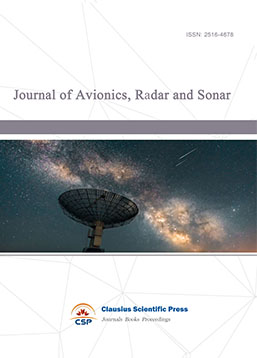

 Download as PDF
Download as PDF